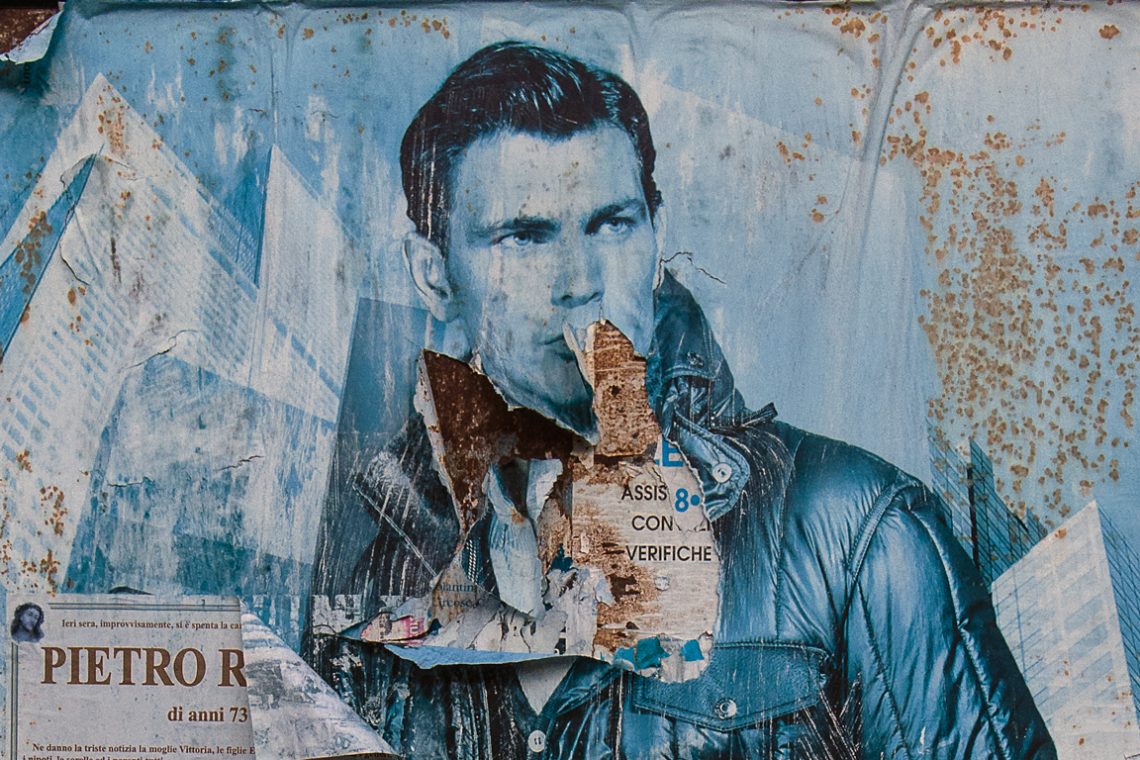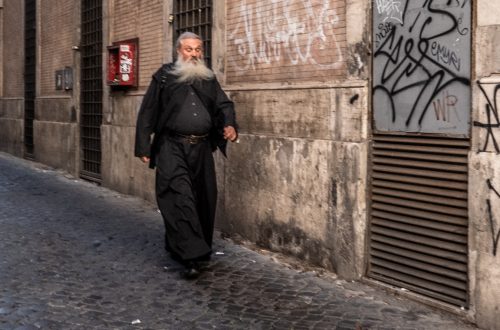
Sic Transit Gloria Mundi
Some photographs do not simply depict a scene; they whisper about the inevitability of time. This image — a weathered wall plastered with torn layers of posters — is a meditation on memory and impermanence. At its heart is the fragmented portrait of a man, likely once an emblem of style or aspiration, now fading beneath the relentless work of sun, rain, and neglect. Around him cluster obituaries, each a stark, matter-of-fact record of a life lived and now concluded. Together, they form a quiet but profound juxtaposition: the glamour of an image meant to sell an idea, and the final notices marking real human departures.
Compositionally, the frame is tight and deliberate. The viewer is forced to confront the decay without distraction — the rust, peeling paper, and uneven textures becoming as important as the text and faces. The eye is drawn first to the man’s partial gaze, then allowed to wander across the obituary notices, reading names that will soon be forgotten by all but a few. This flow creates a rhythm between image and text, between representation and record.
Technically, the exposure is well balanced, retaining detail in both the chalky highlights of the paper and the deep, corroded tones of the rust. The muted, desaturated palette is fitting; colour here would have risked sentimentality, while this restrained tonality allows the textures and symbols to dominate. The sharpness across the frame ensures every crack, tear, and faded letter contributes to the narrative.
There is a layered storytelling in the way the human portrait and the death notices physically overlap — neither fully erasing the other, yet both losing definition. It is an image about erosion: of surfaces, of memories, of lives. In the end, it quietly asserts that all traces, whether commercial or personal, eventually yield to the same fate — to be worn away until only fragments remain, and then, nothing at all.




